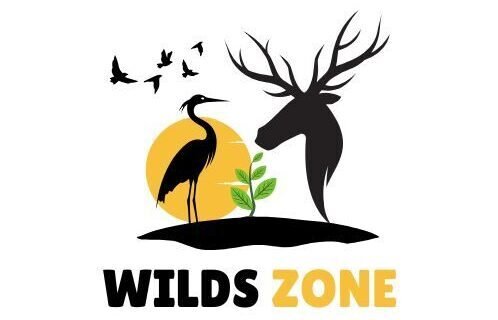Bull and buffalo are important animals for farmers and for the agricultural industry and both are different from each other. These animals differ in physical characteristics, field, and nutritional requirements and play an important role in milk production.
Bull vs Buffalo oxen work in the fields while buffaloes are very valuable in terms of milk. Compare in detail between bull and buffalo in terms of physical nutrition and utilization to better understand the characteristics of both animals.
Significance of Ox and Buffalo
Both buffaloes and oxen are of worldwide importance, especially for farmers. The buffalo gives milk and the ox plows the fields. A distinction can be made between oxen and buffaloes due to their characteristics. When comparing bulls and buffalo, the differences go beyond mere physical characteristics.

In this understand the basic difference between ox and buffalo and see how these two animals illustrate their importance in different fields. A buffalo is a cow invites us to explore the rich tapestry of livestock diversity. Both belong to the Bovidae family, their cultural significance is profound and varied.
Physical Differences
Looking at the physical differences between buffalo vs bull, their size, color and other characteristics can be distinguished. The muscular structure and body structure of the bull helps it to work in the fields while the buffalo is a bit fatter and weaker but helps in milking.
Buffaloes are brown and black in color with distinctive horns that are less curved than those of oxen. Bulls, typically bred for specific agricultural purposes or meat production, exhibit powerful musculature with well-defined bodies.
Temperament and Behavior
Both bulls and buffaloes differ greatly in temperament. Bulls are more aggressive and powerful as they mature and become more powerful when they are used for tasks such as working in the fields or participating in fights. The temperament and behavior of bulls versus buffalo, one may find surprising contrasts that reflect their distinct evolutionary paths.

A bull sometimes misbehaves with its owner and other animals, but a buffalo is calm, especially the milking buffaloes, and have a pleasant relationship with them .This behavior serves not only to assert dominance but also to attract mates during the breeding season, which highlights their instinctual drive for continuity.
Difference in Diet
Both oxen and buffaloes eat grass and grains and other things, but the quantity and nature of their food differs. Bulls need more protein and energy because they work in the fields and eat mostly grass and dry fodder.
Buffaloes should be fed more nutritious foods as they give milk. That vitamins and supplements should be given during breastfeeding. Between bison, buffalo, and bulls highlights broader themes of adaptation and survival in varying environments.
Use and Importance
Where there is a shortage of tractors and machines, bullocks are used for plowing the fields. In Pakistan and India, more buffalo milk is used. By comparing the different uses and importance of these two animals, we can say that both have their own characteristics and importance that help farmers in different fields.

Bulls are typically associated with strength and power in various societies, symbolizing virility and fertility. This adaptability makes them essential for subsistence farmers who depend on these animals for milk production and field labor.
Differences in Breeding
It is important for farmers to differentiate between them so that they can select better breeds and also recognize their breeding. During breeding bulls should be exercised to strengthen them so that they become more powerful.
Due to their differences, the breeds and care methods of these two animals also differ. Both the Bull and the donkey are used to carry goods. The differences in breeding between bulls and buffalo, one quickly realizes that plays a pivotal role.
Difference Between Selection
While choosing bullocks, the farmer looks at how long he can work continuously and how much physical strength he has. Buffaloes are selected based on the fat content of their milk as the fat content of the milk affects the value and consumption of the milk.
Both the animals are selected based on their health, strength and performance so that they can work as per the requirement of the farmer. Bulls are typically defined as male cattle, celebrated in various cultures for their strength and vigor, often symbolizing fertility and masculinity.
Conclusion
Its milk is not only nutritious but also in high demand, especially milk is used in the preparation of butter, ghee and milk products. They also play an important role in improving the condition. If there is laborious work in the fields, the bullock is used.
Both the animals Bull vs Buffalo have their own importance and characteristics which depend on the utilization and breeding decisions of farmers. Although the roles of these two animals are different from each other, they play an important role in both agriculture and milk.
FAQs
What is the primary difference between a buffalo and a bull?
A buffalo refers to several species in the Bovidae family, such as water buffalo and American bison, while a bull specifically refers to an intact male of certain species within the cattle subfamily.
Are buffalo and bulls found in the same locations?
No, buffalo are typically found in Asia and Africa (e.g., water buffalo) or North America (bison), whereas bulls are primarily domestic cattle found worldwide on farms.
How can you identify a buffalo versus a bull?
Buffalo usually have large, curved horns and a more robust body compared to bulls, which often have straight horns and leaner builds, depending on their breed.
